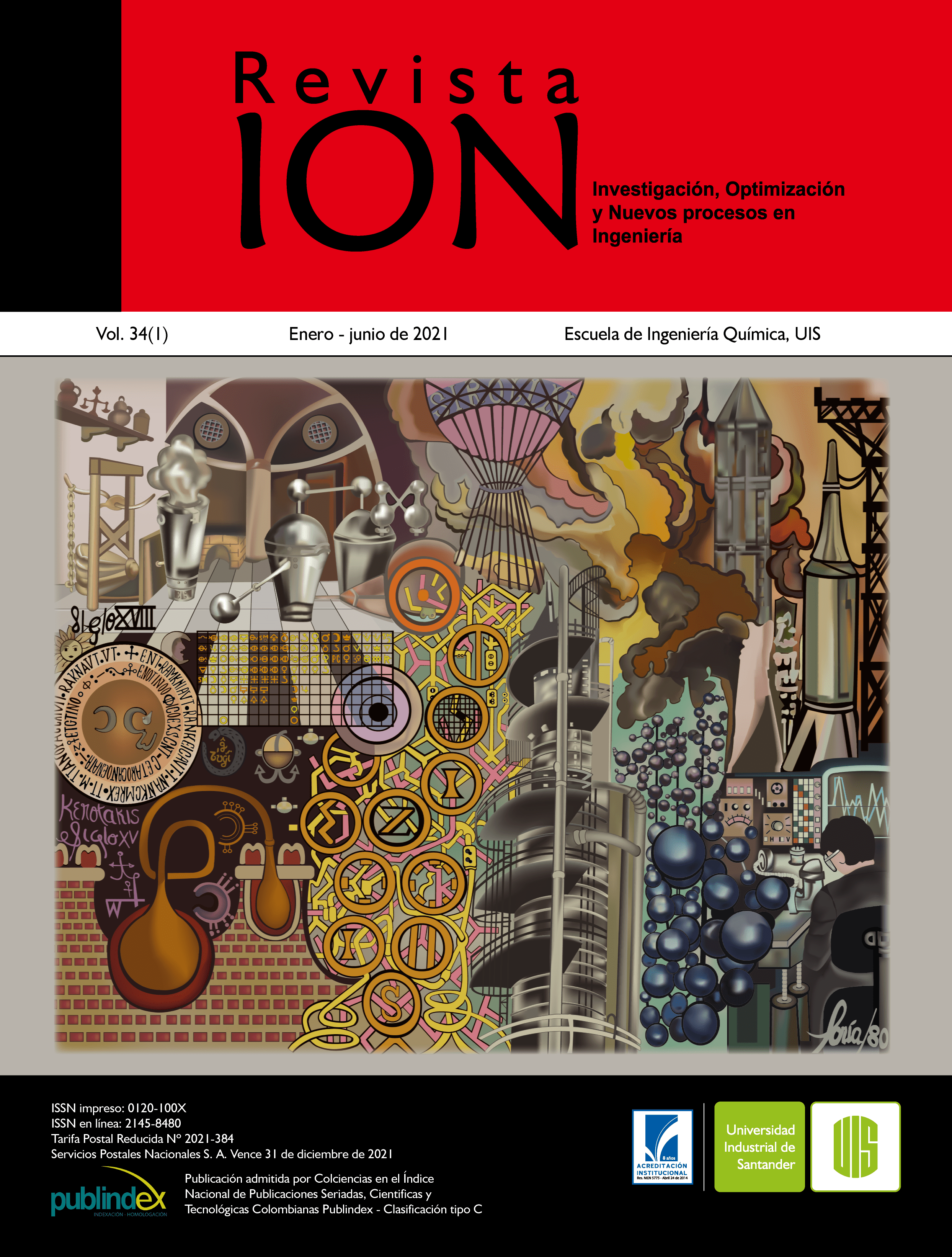Fungal Microbiota in Artisan Cheeses in Saltillo, Coahuila, Mexico
Published 2021-05-26
Keywords
- Fungi,
- Food,
- Quality,
- Production
How to Cite
Copyright (c) 2021 Jose Luis Arispe Vazquez, Abiel Sanchez Arizpe, Ma. Elizabeth Galindo Cepeda

This work is licensed under a Creative Commons Attribution 4.0 International License.
Abstract
Cheese is an important food in Mexican cooking, the per capita consumption in Mexico is 6 kg; however, it can carry numerous harmful fungi for people, as mycotoxigenics. The objective of the work was to evaluate fungal microbiota present in artisanal cheeses from the open market in Saltillo, Coahuila, Mexico, five types of cheeses were obtained per week from different origins; one from Saltillo, two from General Cepeda (A and B), one from Mazapil, Zacatecas and one from Ciudad Fernandez, San Luis Potosi. Each cheese was cut in three levels (replicates), and a 1 cm sample was taken on the North, South, East, West, and center of the cheese, with four replicates, which were placed in Petri dishes with PDA culture medium kept at 25 °C ± 2 °C for 120 h. Fungi were identified using the Medina and collaborators technique. Geotrichum candidum, Fusarium verticillioides, Rhizopus nigricans, Cladosporium sp. and Penicillium sp. were identified morphologically, with an incidence ranging from 0 to 100 %. Fusarium verticillioides and Penicillium sp. are toxigenic fungi, and Geotrichum candidum cause infection in the bronchial tubes, lungs and mucous membranes, called geotrichosis, so it is important to implement quality measures to guarantee the safe production of cheeses for human consummation.
Downloads
References
[2] Chacón L. Mexicanos consumen 6 kg de queso al año (sitio de Internet). Disponible en: https://manufactura.mx/industria/2014/11/07/mexicanos-consumen-6-kg-de-queso-al-ano. Acceso 2019.
[3] Malcata FX, Kongo JM. Cheese: types of cheeses-soft. Encyclopedia of Food and Health. 2016
[4] OMS. Organización Mundial de la Salud. Enfermedades de transmisión alimentaria (sitio de Internet). Disponible en: https://www.who.int/topics/foodborne_diseases/es/. Acceso en 2019.
[5] Ndoye B, Rasolofo E, LaPointe G, Roy D. A review of the molecular approaches to investigate the diversity and activity of cheese microbiota. Dairy Sci. Technol. 2011;91(5):495-24.
[6] Cécile L. Microflore du lait cru (sitio de Internet). Disponible en: http://iccheesemongers.com/wp-content/uploads/Microfloredulaitcru-RMTjuillet2011BD. pdf. Acceso en 2019.
[7] Carrascal CA, Morales PA, Burbano RM. Manual de laboratorio: microbiología de alimentos. Bogotá, Colombia: Centro editorial javeriano CEJA; 2003.
[8] Binetti A, Carrasco M, Reinheimer J, Suárez V. Yeasts from autochthonal cheese starters: technological and functional properties. J. Appl. Microbiol. 2013;115(2):434-44.
[9] Padilla B, Manzanares P, Belloch C. Yeast species and genetic heterogeneity within Debaryomyces hansenii along the ripening process of traditional ewes’ and goats’ cheeses. Food Microbiol. 2014;38:160-166.
[10] Banjara N, Suhr MJ, Hallen-Adams HE. Diversity of yeast and mold species from a variety of cheese types. Curr. Microbiol. 2015;70:792-800.
[11] Ceugniez A, Drider D, Jacques P, Coucheney F. Yeast diversity in a traditional French cheese “Tomme d’orchies” reveals infrequent and frequent species with associated benefits. Food Microbiol. 2015;52:177-84.
[12] Dugat-Bony E, Garnier L, Denonfoux J, Ferreira S, Sarthou AS, Bonnarme P, Irlinger F. Highlighting the microbial diversity of 12 French cheese varieties. Int. J. Food Microbiol. 2016;238:265-73.
[13] Beresford T, Williams A. The microbiology of cheese ripening. Cheese: chemistry, physics and microbiology. 2004;1:287-318.
[14] Ross RP, Morgan S, Hill C. Preservation and fermentation: past, present and future. Int. J. Food Microbiol. 2002;79(1-2):3-16.
[15] Samson R, Hoekstra E, Frisvad JC. Introduction to food and airbone fungi. Séptima edición. Holanda: Editorial CBS; 2004.
[16] Barnett LH, Hunter BB. Illustrate genera of imperfect fungi. Minnesota, United States: The American Phytopathology Society Press; 1998.
[17] López MA. Diversidad de la microbiota fúngica del queso paipa fabricado en Pacho, Cundinamarca. rev. ion. 2011;24(1)77-84.
[18] Medina O, León-Montero Y, Delmonte M, Fernández P, Silva-A RA, Salcedo A. Mohos y levaduras en queso artesanal semiduro expendido en la ciudad de Maracaibo, estado Zulia, Venezuela. CIENCIA. 2014;22(4):197-204.
[19] Beresford T, Fitzsimons N, Brennan N, Cogan T. Recent advances in cheese microbiology. Int. Dairy J. 2001;11:259-74.
[20] Arendrup MC, Boekhout T, Akova M, Meis JF, Cornely OA, Lortholary O. Sociedad Europea de Microbiología Clínica, Enfermedades Infecciosas Grupo de Estudio de Infecciones Fúngicas & Confederación Europea de Micología Médica (2014). Directrices clínicas conjuntas de ESCMID y ECMM para el diagnóstico y el tratamiento de infecciones de levadura invasivas raras. 20 Suppl 3:76-98.
[21] Vasek MO, Cabrera RGJ, Coronel GJ, de Giori GS, Fusco AJV. Análisis de riesgos en la elaboración de queso artesanal de corrientes (Argentina). FACENA. 2004;20:3-22.


